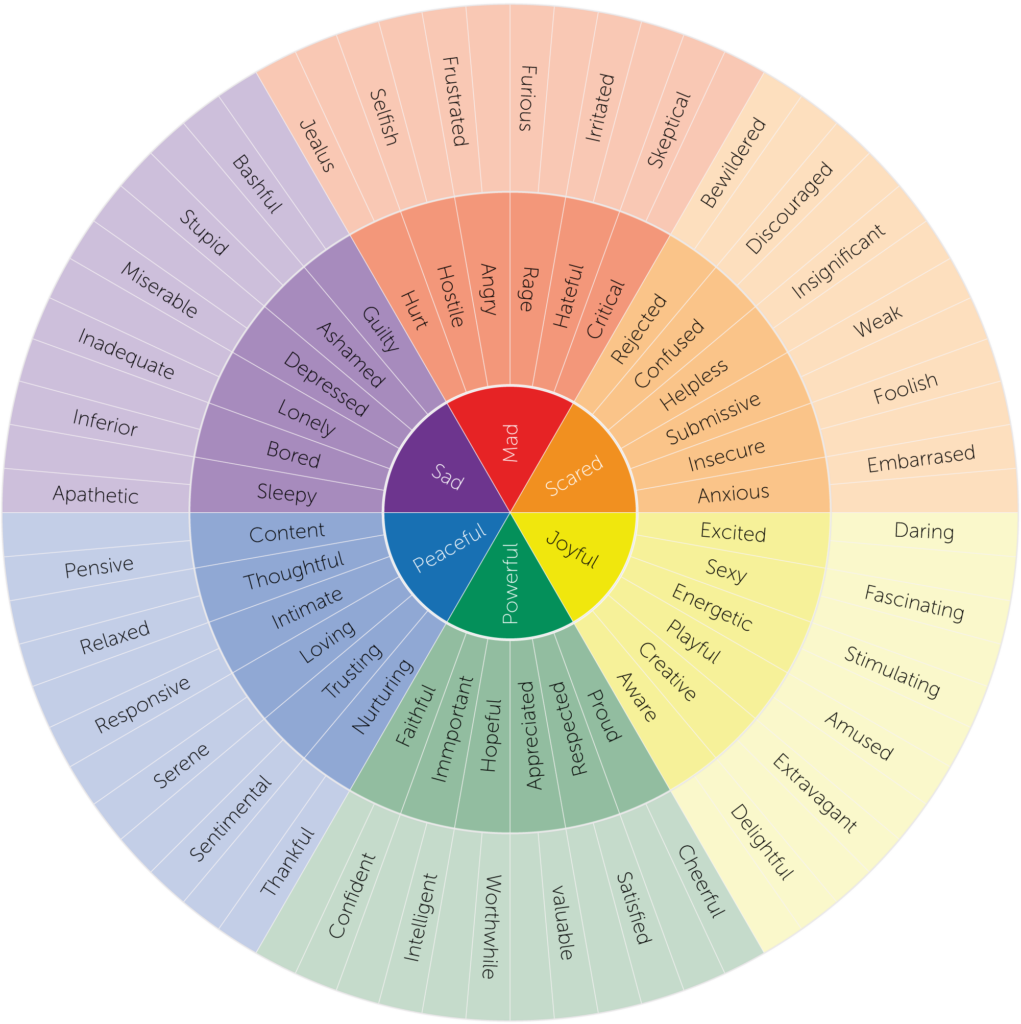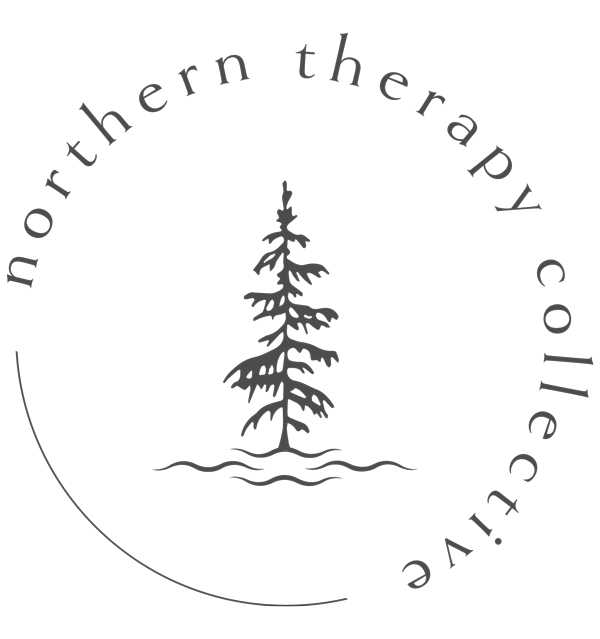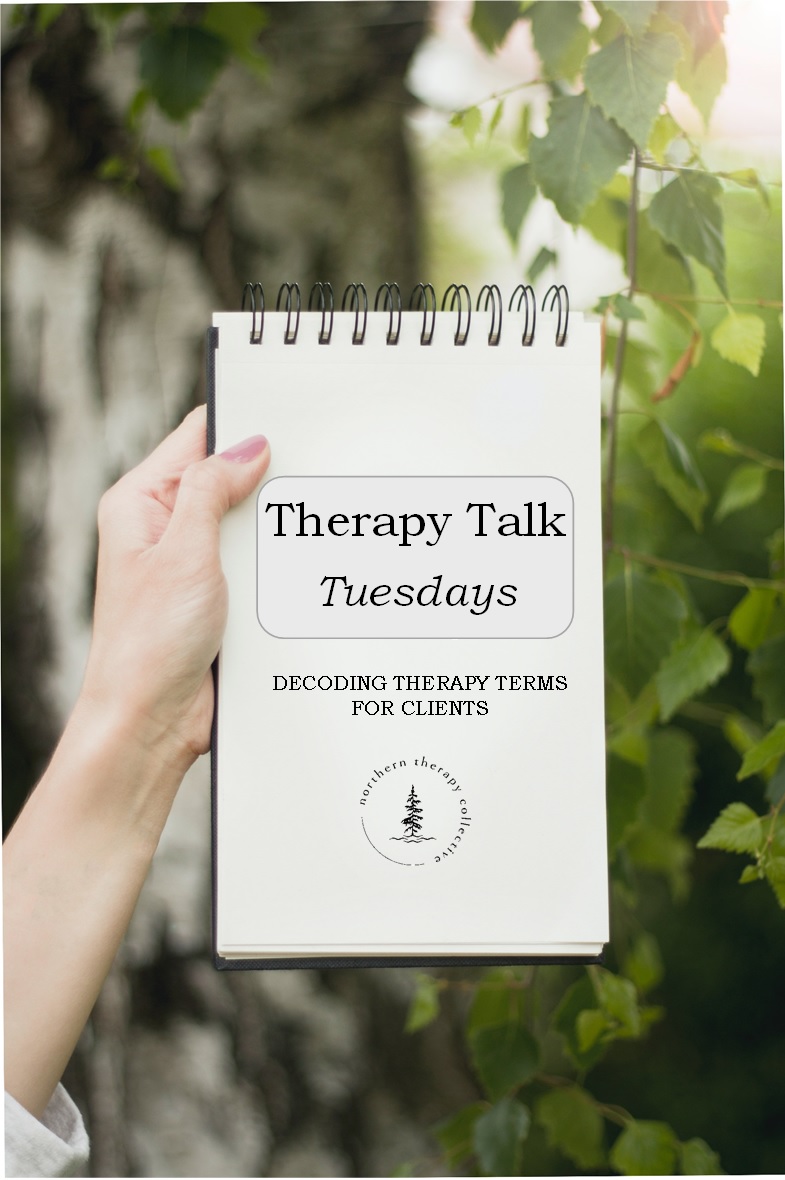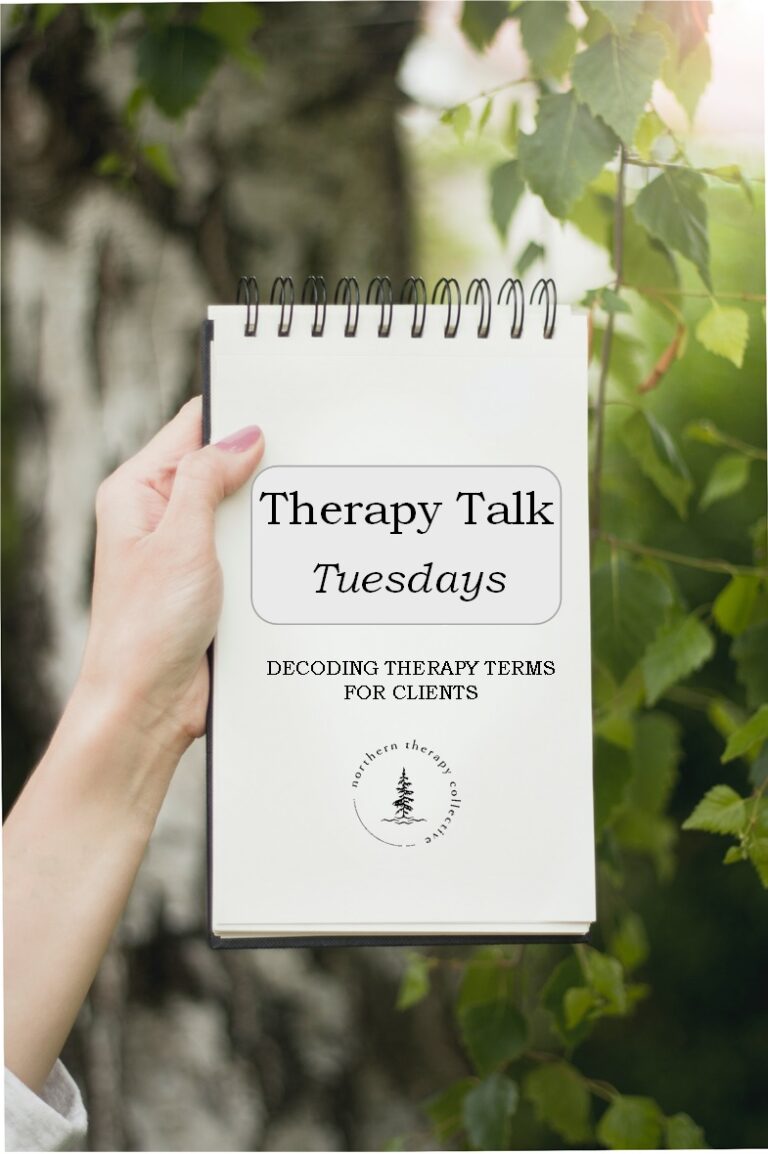THERAPY TALK: Mood
Mood is often synonymous with words like “feeling” or “emotion”. Although it seems like an easy word to make sense of, it has been our experience that many people struggle to accurately identify their mood.
A mood is a temporary emotional state of mind. We like to highlight the “temporary” part, as moods come and go throughout the day. A common way of describing how emotions change over time is by comparing them to the weather; some days are sunny, some are rainy, but no type of weather lasts forever! Moods may be influenced by things external to us (e.g. other people’s behavior, the weather, the line up at the grocery store), as well as internal factors (e.g. how fatigued we are, if we’re coming down with a cold/flu, hunger). Mood is also a hard-wired state, which means that while we can certainly influence our feelings (often through changing thoughts and behaviors), the way we feel is natural and instinctive.

Moods are valuable teachers, if we give space to them and are open to understanding what they have to offer.
There are no “bad” moods (meaning, there are no moods that we ought to feel shameful for experiencing). All moods are natural at their core, and serve a necessary purpose. We like to think of moods like “flags in the sand”, giving us information about ourselves and what’s happening in the world around us.
- If I feel “happy” or “excited” – I likely want to approach, engage with or do more of the thing that contributed to me feeling happy.
- If I feel jealous – I can reflect and understand more about what matters to me, or what I want more of.
- If I feel angry – I can almost always guarantee a value of mine has been violated (and learning what that value is can be so important).
So how do you know what your mood is at any given point in time? We have a couple quick tips:
- Moods are usually described using one word (happy, mad, angry, frustrated, disappointed).
- Words like ‘good’, ‘okay’, ‘fine’, ‘alright’ and ‘not bad’, are not moods (although this is very often the answer we hear when we ask “how are you?”).
- Statements that start with “I feel like…”, are usually not “moods” in and of themselves (in reality, it’s probably more of a thought!)

Sometimes we will refer to extra tools or handouts in therapy to help client’s build up their mood-vocabulary. We’ve included a Feeling Wheel here, which can allow you to familiarize yourself with common moods. Remember, moods are valuable teachers! You can learn a lot about yourself by paying attention to your mood, and reflecting on what it is trying to tell you.




